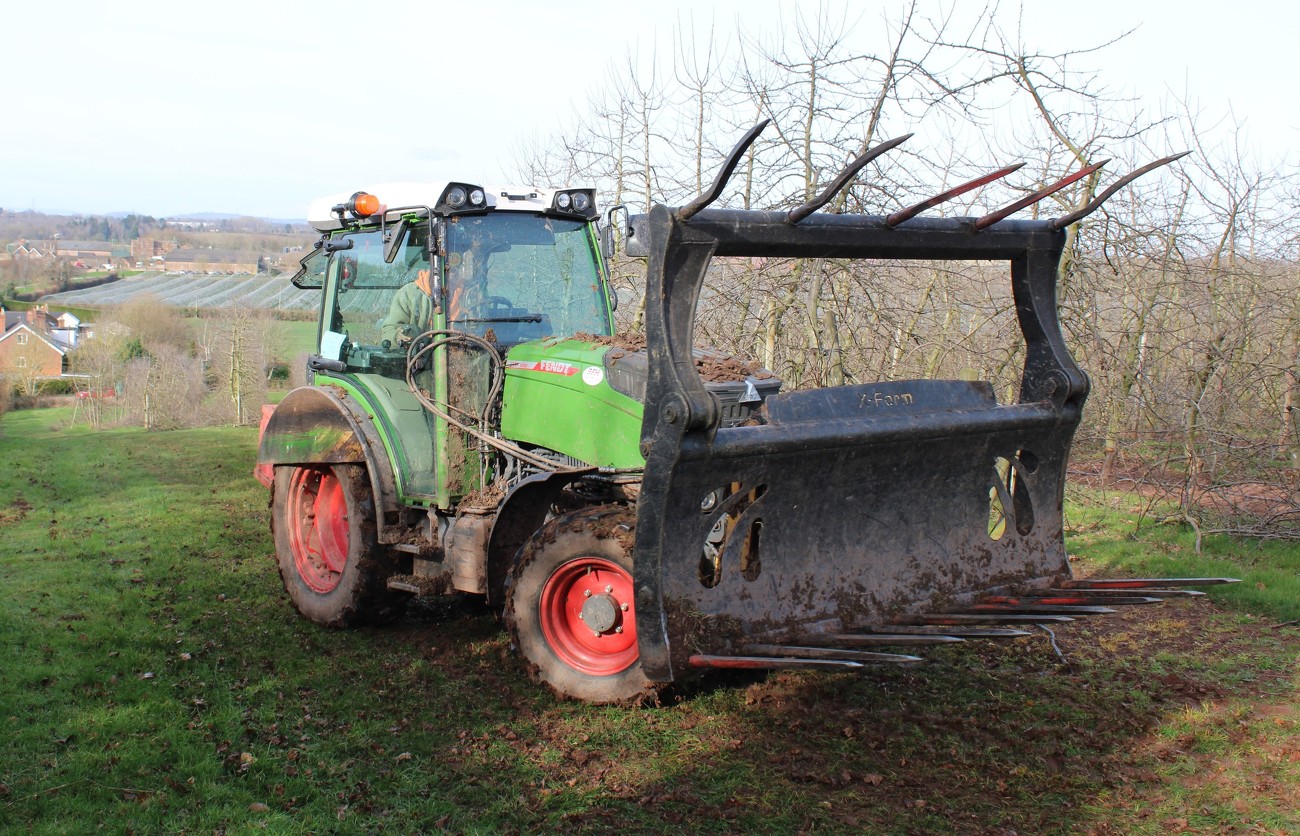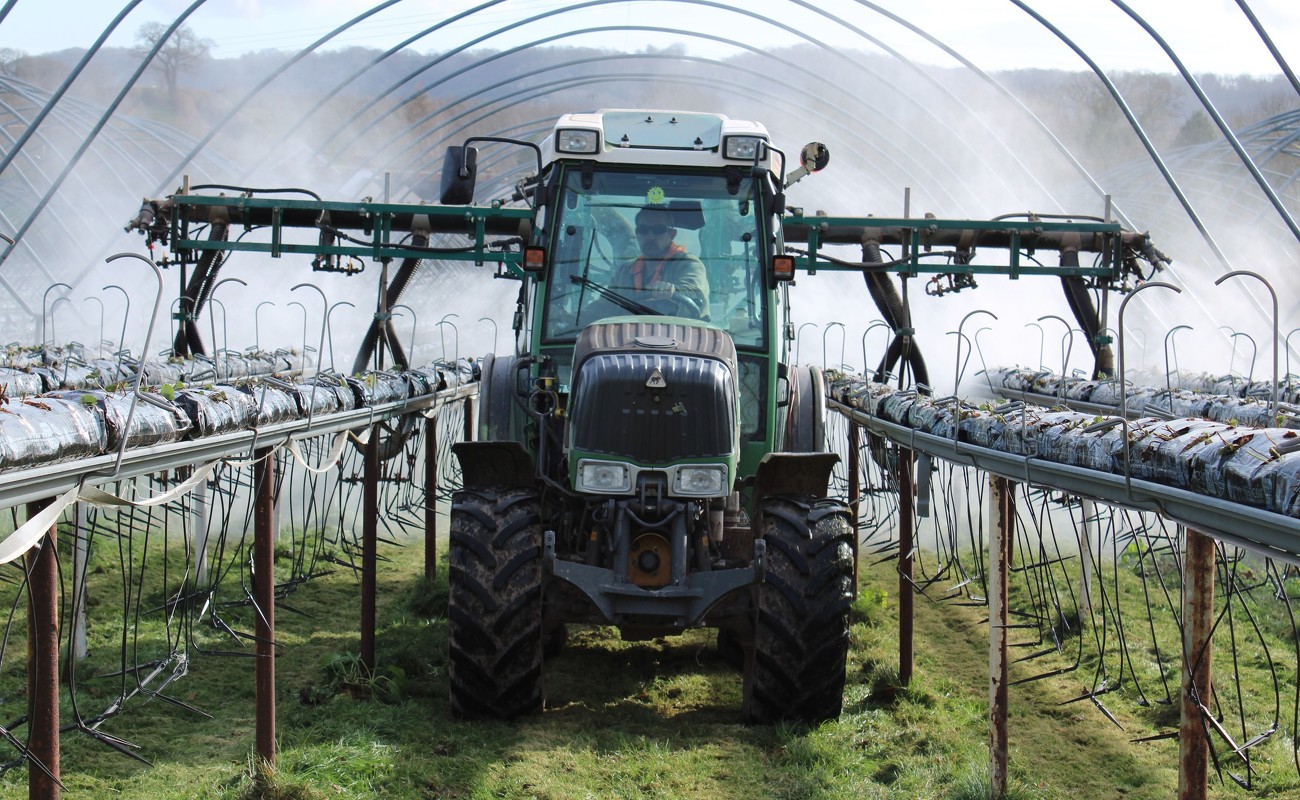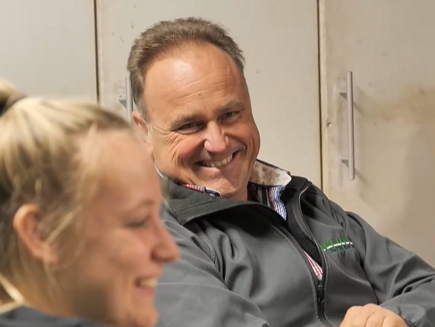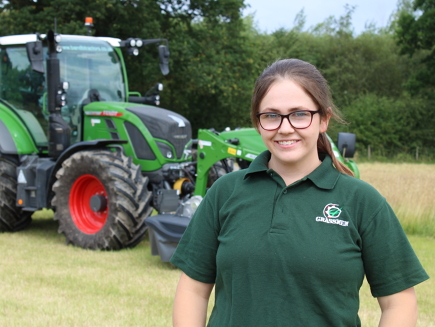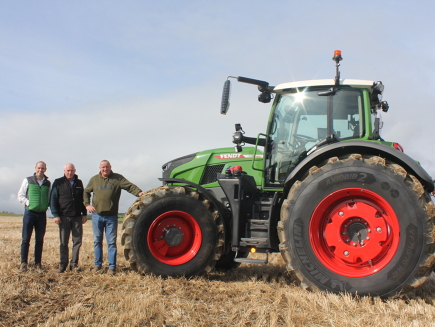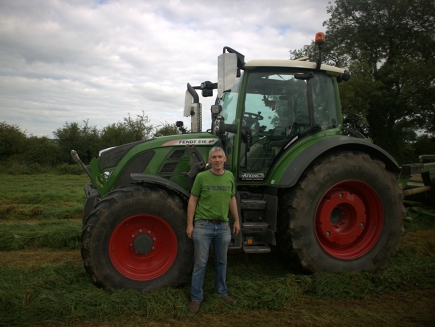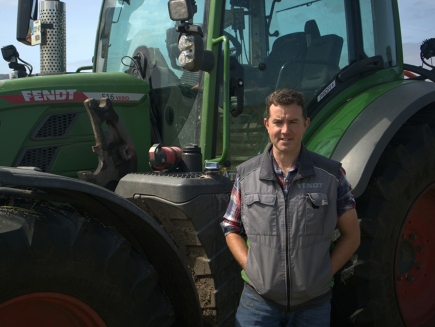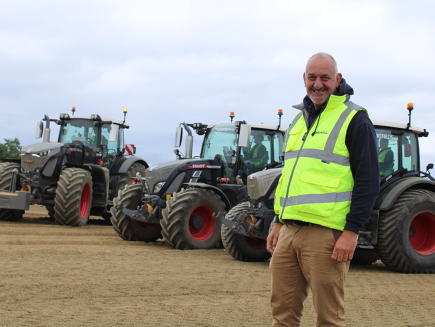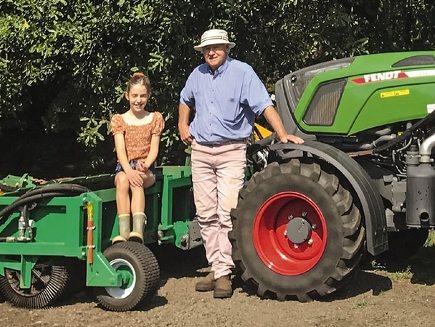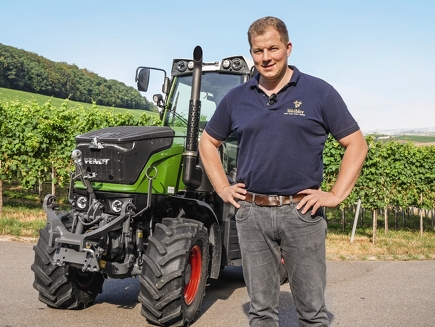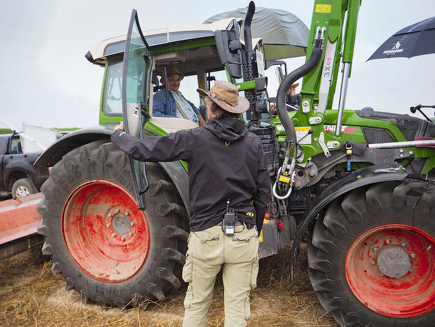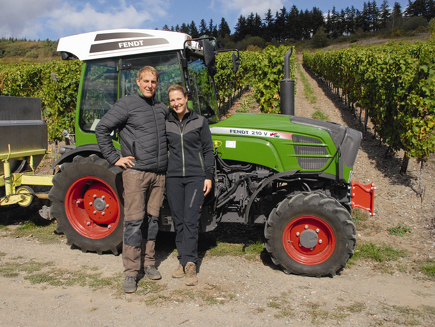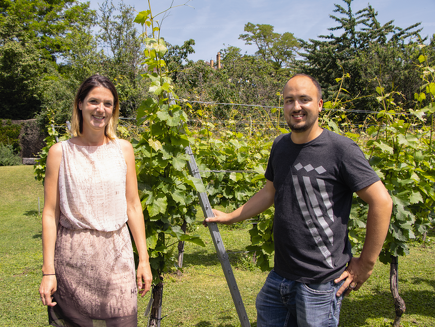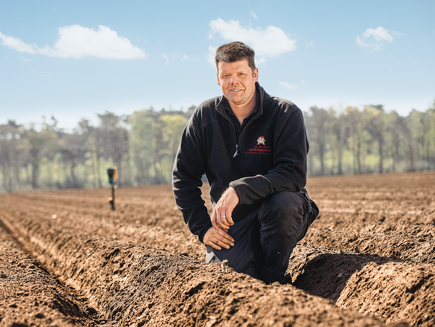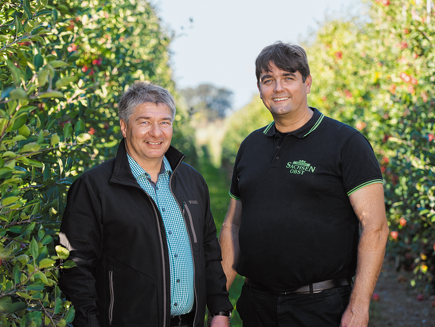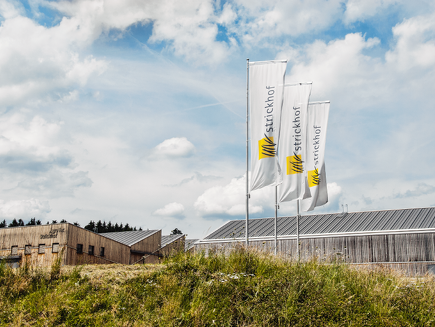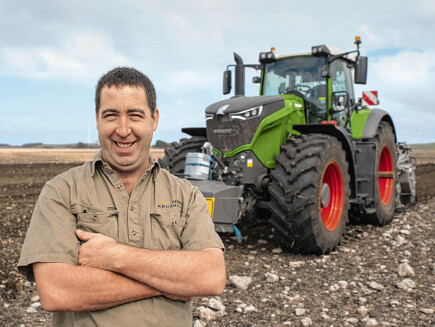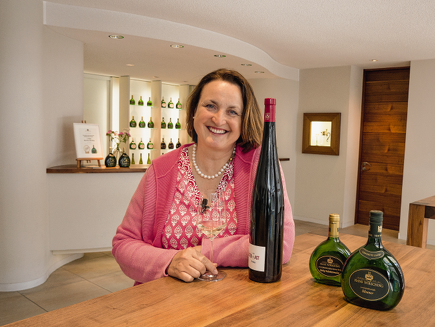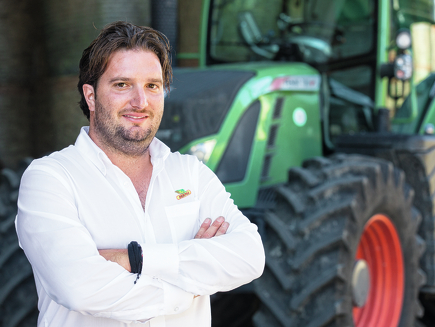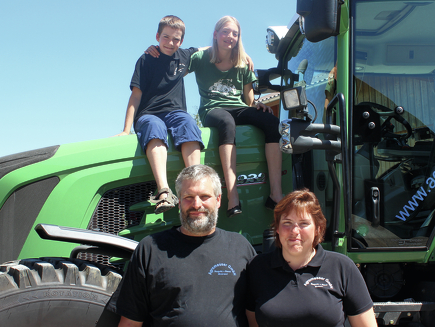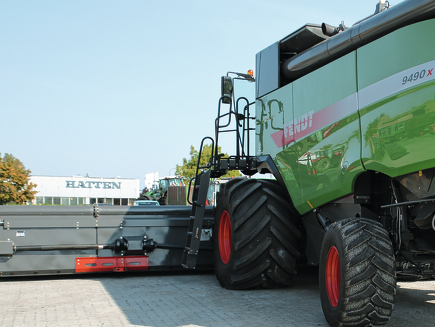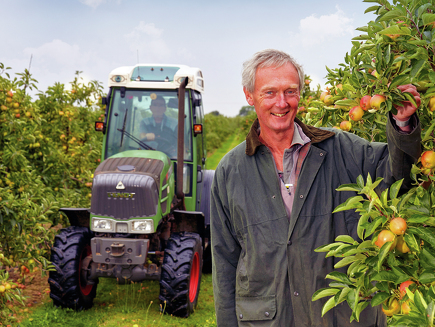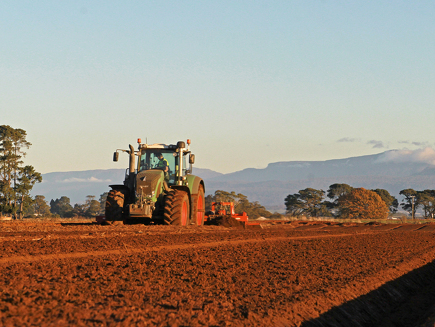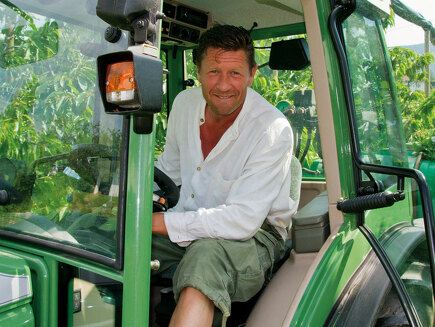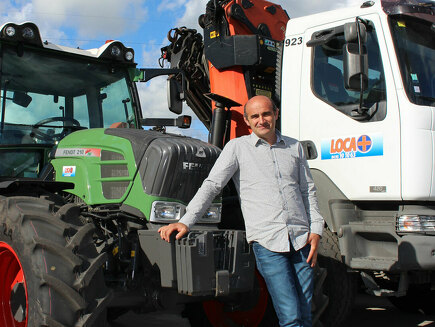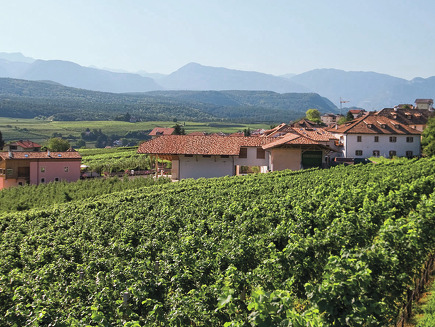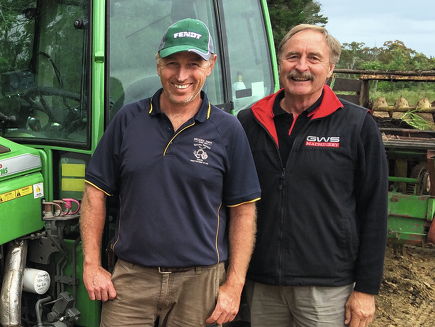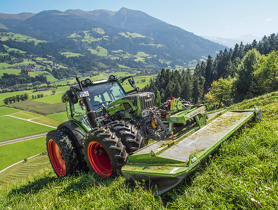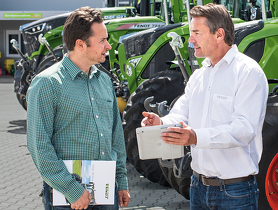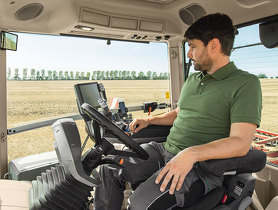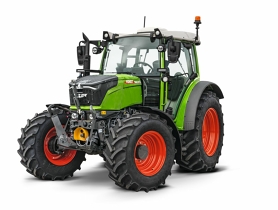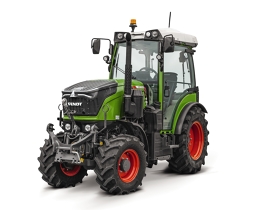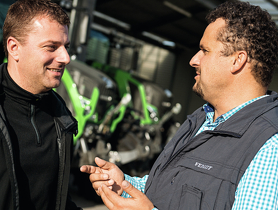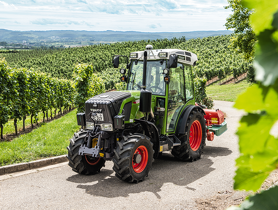When E.C. Drummond made the move to tabletop strawberry growing it changed the business’s machinery requirement leading to a fleet of Fendt 200 Vario tractors being supplied by local dealer Ross Farm Machinery. With further expansion into top fruit production, manager Richard Hibbard has made the most of Fendt’s smallest tractor series and believes the move has helped retain skilled staff, reduce fuel consumption, and increase crop yields.
Of the five Fendt tractors in the fleet, the latest model has had the biggest impact. The 211F has Fendt’s new operating system, FendtOne, which is controlled by a 10-inch terminal in the cab and can be used to program a number of pre-sets for implements and farm work. “The screen is typically Fendt, intuitive and easy to use. Our operators frequently move between the tractors so the ability to store pre-sets is of great benefit, and whilst the older models have a level of programmability, this latest operating system is more comprehensive and saves a great deal of time,” says Mr Hibbard.

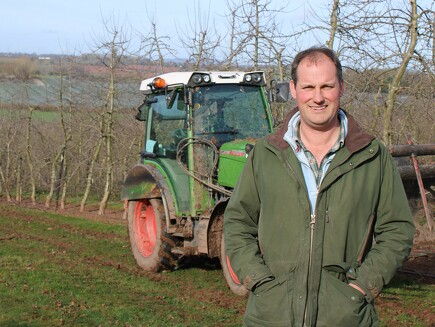
It is the only tractor that our operators want to sit in for 12-hour shifts. It is more comfortable, easier to operate, and we also make significant fuel savings over alternatives


It is the only tractor that our operators want to sit in for 12-hour shifts. It is more comfortable, easier to operate, and we also make significant fuel savings over alternatives

